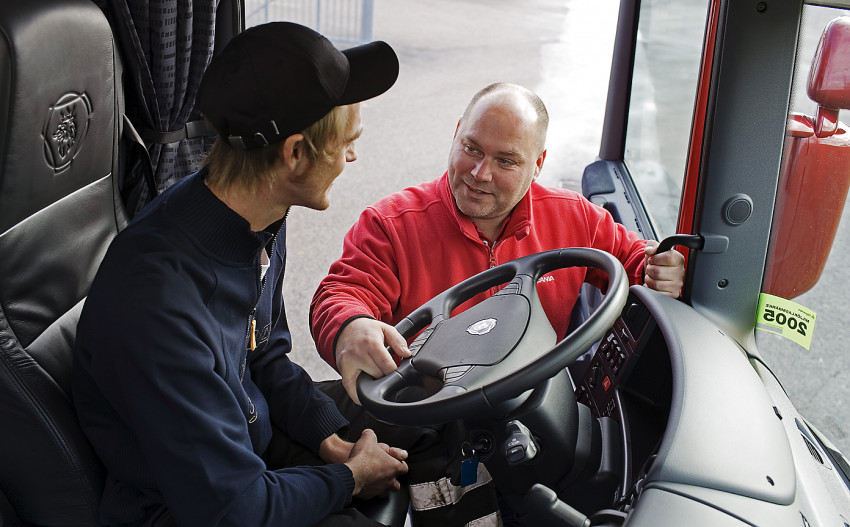
Driving defensively means using strategies to lessen risks on the road regardless of hazardous conditions or other drivers' faults. It has more than just quick fixes for traffic situations. Being ready for what other drivers could do and how the changing conditions of the road might impact the functioning of the cars is the core of the defensive driving approach. As per specialists at Fastrack Driving Academy, the most trusted professional truck driving school in Calgary, Defensive driving is based on two main ideas, which are as follows: Building a Buffer and Being Aware of the Other Drivers.
Continue reading to know the best of the most implemented driving techniques to be defensive.
1. Remain Focused And Alert At All Times
The mind might occasionally travel to a million different locations when traveling down a tedious route. Keep an eye out for other drivers and cars to help you stay focused. Try to figure out their driving habits. Avoid being distracted by things like checking your phone frequently, eating, drinking, or taking in amusing billboard signs while driving, among other things. It can be just as risky to drive while drowsy or weary as it is to do so while intoxicated.
2. Be Very Cautious At Road Intersections
For drivers of commercial trucks, junctions pose a significant safety concern. Drivers focus more on the green light than the actual junction when driving. When driving defensively, truck drivers are taught to examine their surroundings as soon as the light turns green. Additionally, keep an eye out for inattentive pedestrians and potential red-light runners.
3. Drive At A Safe Speed
It's not always the case that the proper speed corresponds to the speed shown on the traffic signs. When driving defensively, you change your speed to the traffic, weather, visibility, and other factors on the road, such as whether you have a full or empty vehicle. How quickly a business vehicle should be driven while taking all the factors into account is up to the driver's discretion.
4. Make A Physical Exit
The truck and the car in front of it should have enough space between them to allow for a physical exit. A different approach is to clear a gap from the truck's left or right side. This provides a choice of how to escape danger: either to the side of the road or to the open lane.
5. Always Maintain A Safe Distance
There is a straightforward rule in defensive driving that explains how far behind the truck the car in front should be. It is referred to as the "three-second rule." There should thus be three seconds of driving time between the truck and the vehicle in front, based on the present speed. For commercial vehicles traveling at up to 40 mph, the US Department of Transportation advises keeping a distance of at least 4 seconds. Add one second for every 10 mph you go faster.
To learn more about defensive driving, visit the most professional truck driving school in Calgary, Fastrack Driving Academy®, where you can pave the way to a bright future.







